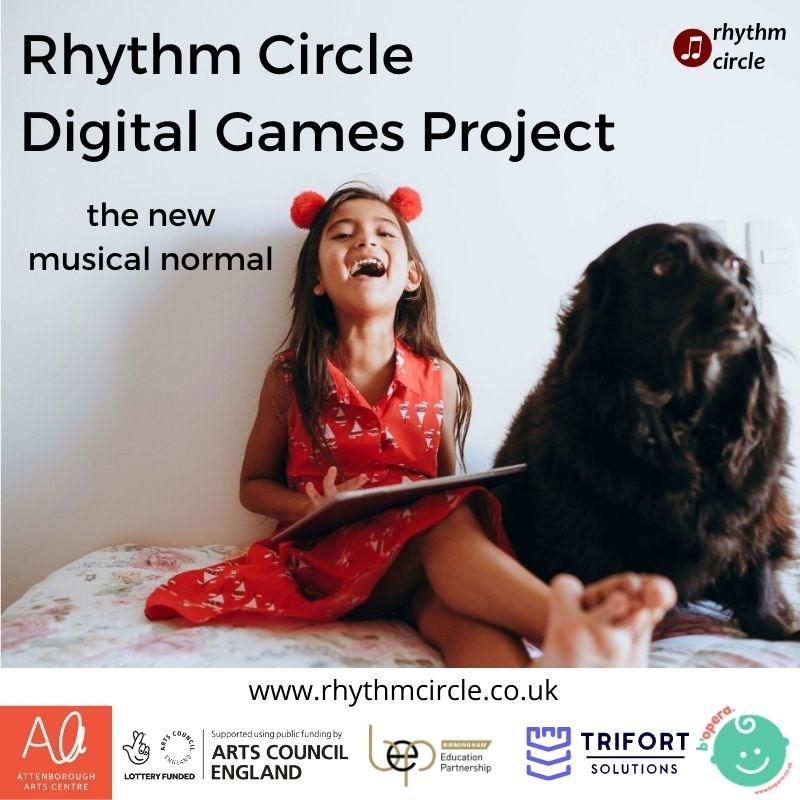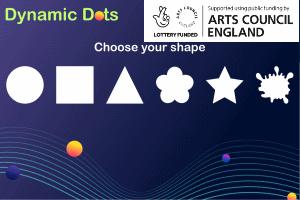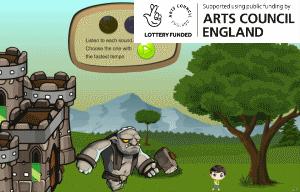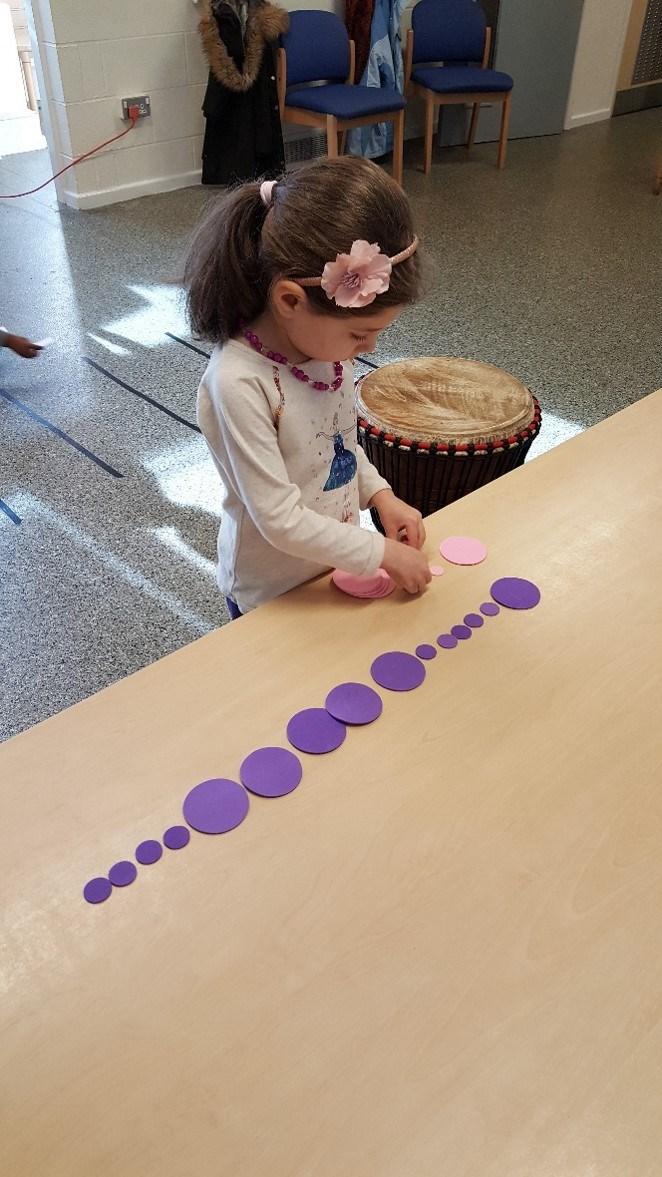
4 minute read
Rhythm Circle Digital Games Project
Exploratory play is calming, self-guided and very engaging - especially so if it is multi-sensory. This is why educators use this well-known approach to help children with special needs.
But is it still possible to do this in online sessions?
The Rhythm Circle Digital Games Project has developed online musical games which support musical learning by young people with special needs. So far 3 games have been developed and are currently being trialled. They are Musical Sudoku, Run Faster, and Dynamic Dots.
Developed with the help of play therapist and musician Andrew Kay, the games offer useful starting points for educators to promote exploratory multi-sensory play during remote delivery. Musical support is provided in the form of video explainers and extension activities so non-musicians can use them easily.

Musical Sudoku is a musical version of the well-known Sudoku game using musical symbols. Suitable for children aged 8 upwards. It supports learners who enjoy sequencing, patterns, puzzles, promotes memory development.

Dynamic Dots is a graphic score activity introducing the concept of dynamics. Suitable for children from 3 upwards. It supports learners who enjoy sequencing, patterns, exploratory play.

Run Faster is a tempo game based on Jack and the Beanstalk. Suitable for children from 3 up. It is suitable for those who enjoy faster paced activities, promotes memory development.
The games are available from the Rhythm Circle Website, and are playable on tablets, laptops and desktop devices. Each game has a video explainer, and supporting resources including multi-sensory activities to meet a wide range of learning and physical needs including use of movement, colour, scents, and musical timbres. There are PDF activity sheets with ideas to combine multiple musical elements to create more complex graphic score compositions. e.g., make a ‘Dynamic Dots’ composition by arranging shapes on a wall where pitch would be indicated by vertical shape.

Colour is used extensively as a memory aid and to highlight elements in the games. Colour-coding really helps learners who find it hard to retain new information.
The Montessori principle of ‘isolation of elements’ is harnessed to promote focus on the musical element featured in the games. For example, a single shape (with different sizes) and single colour is used to illustrate different levels of volume in the ‘Dynamic Dots’ activity. This reduces ‘visual noise’ which is supportive for those with processing disorders. In the same way, the ‘Run Faster’ game uses the same musical motif played at different speeds to illustrate the element of tempo.
The graphic scores in ‘Dynamic Dots’ introduce users to a very simple and intuitive way of recording and sharing their ideas about music. Graphic scores are highly accessible and can be tailored to the needs of the user. Learners with delayed speech or reading ability may find them helpful in using them to express their musical ideas.
An extension activity which can be used in online lessons might include children searching out various objects in their home environment to use in creating their own graphic score. They could then ‘play’ their own scores using body percussion, kitchen percussion or by vocalising.

At one of our workshops, students at St. Joseph’s School in Stoke on-Trent tried to create a musical duet by simultaneously playing back their two ‘Dynamic Dot’ compositions from two remote locations. It didn’t quite work as they simply played back their graphic score compositions in the game using the pre-recorded sound samples. Workshop musician Erica Sinclair suggested that they tried physical means instead!
What can you use the games for?
Apart from being a useful starting point for musical exploration, the games can be used in a variety of situations – e.g. music lessons, well-being sessions, maths, language lessons. A special school in Leicester asked for a CPD session ahead of using the games with their own students. Feedback from the session told us “There was a good buzz afterwards about what staff might do with the games”. The teachers saw possibilities of using the ‘Dynamic Dots’ game in maths lessons (shapes and sequencing) and ‘Run Faster’ as part of a lesson on traditional tales.
The games offer the opportunity for children to engage in independent musical learning outside of the school classroom. Being able to repeat games in their own time and in their own way is fun too: one family reported that their children decided to input wrong answers on purpose just to see what would happen to the characters in the ‘Run Faster’ game.
Rhythm Circle’s Digital Games are free to access and use on the website www.rhythmcircle.co.uk/Games.
This project is supported using public funding by Arts Council England from the National Lottery Project Grants fund.









